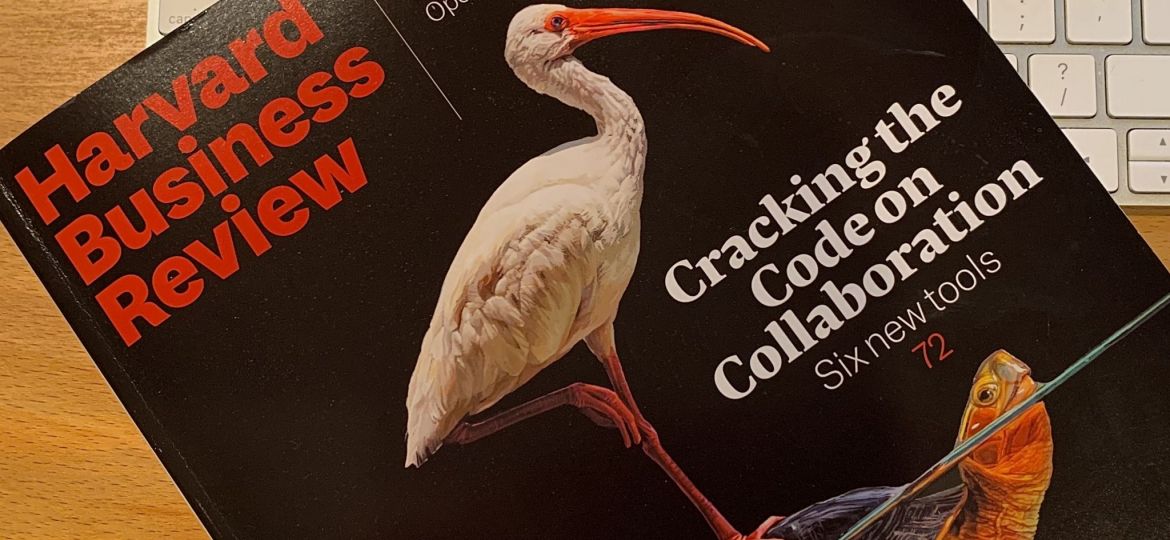
The end of the year is a good time for reflection and to help you with that, here are four must read leadership articles from HBR. Over the past year, we’ve seen the pace of change continue to increase. For leaders this means what got you here, probably won’t get you to where you need to go. We need to examine how we are leading and evolve as our situation dictates. Remember, better has no finish line.
The first two articles talk about the changing role of a leader. The last two describe a couple of key activities.
Nimble Leadership by Deborah Ancona, Elaine Backman and Kate Isaacs
Command and control has given way to the need for a new kind of leadership. And yet leaders are “terrified that the business will fall into chaos if they loosen the reins.”. The authors examine two companies who successfully adopted a nimble style of leadership. They describe five touchstones used to drive this transition.
- The first is job autonomy. Employees own their jobs and have significant decision making authority.
- The second is the practice of making many small bets and providing just-in-time resources. In a complex environment, it is very difficult to know what will and will not work.
- The third is stepping-up and stepping-down leadership. They invite people at all levels to step up and lead, and step down when appropriate.
- They value rapid access to information and high levels of connectivity throughout their firms
- And both firms use vision, values, and simple rules as decision guardrails
Their final piece of advice, “Enabling leaders often act more like coaches or mentors than a traditional boss would”.
The Leader As Coach by Herminia Ibarra and Anne Scoular
“Rapid, constant, and disruptive change is now the norm, and what succeeded in the past is no longer a guide to what will succeed in the future. The role of the manager, in short, is becoming that of a coach.” Most managers think they are good coaches, but research tells us this is rarely the case. The article outlines the case for coaching, how to do it and describes several styles, and when to use them.
“An effective manager-as-coach asks questions instead of providing answers, supports employees instead of judging them, and facilitates their development instead of dictating what has to be done.”
The Collaboration Blind Spot by Lisa Kwan
This author worked with many companies who carefully planned important cross function collaboration. Despite this investment up front, many of the collaborations failed. “Here’s the problem: In mandating and planning for collaborative initiatives, leaders tend to focus on logistics and processes, incentives and outcomes. That makes perfect sense. But in doing so they forget to consider how the groups they’re asking to work together might experience the request.”
The article describes how groups develop their sense of self through three dimensions. They are identity, legitimacy, and control. “Any leader who wants to encourage effective cross-group collaboration first needs to understand why groups care so much about these dimensions”. From there they can design solutions that don’t leave any group feeling threatened. They lay the foundation for a successful collaboration.
Why Your Meetings Stink And What To Do About It by Steven Rogelberg
We spend most of our time in meetings, improving them is a key performance enhancer. Many leaders think their meetings are effective. Research tells us we usually over-estimate their effectiveness. Many leaders run very poor meetings. Worse still, they are completely unaware. The authors suggest several steps we should all follow:
- Ask attendees for feedback about existing meeting effectiveness.
- Prepare well for the meeting. Have a clear agenda explaining the purpose and desired outcome. Be clear who is required to attend.
- Run an effective meeting by being a steward of the meeting. Be inclusive, ensure you hear from everyone. Manage the meeting time effectively.
- Reassess and reflect on what needs to improve.
I hope you find these articles both challenging and inspiring. What are some of the best articles you’ve read this year?


Andy thank you: these messages are really timely. Your curating then like this is a great years-end gift for those many of us who share your care about coaching and empowering better leaders in turbulent times.